Citizenship
Spread the word!
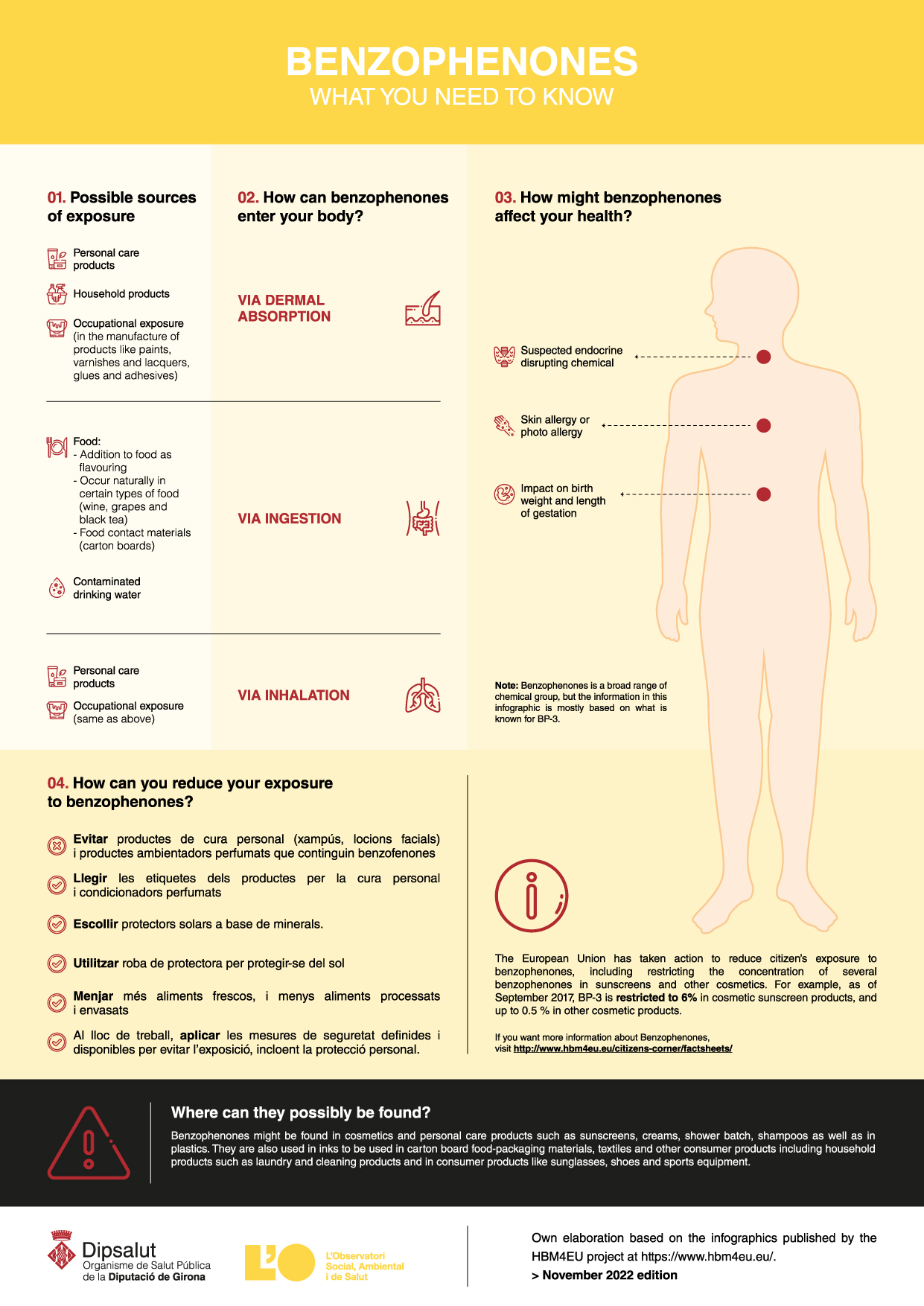
Benzophenones
The European Union has taken action to reduce citizens' exposure to benzophenones, including restricting the concentration of various benzophenones in sunscreens and other cosmetics. For example, as of September 2017, BP-3 is restricted to 6% in sunscreen cosmetic products, and up to 0.5% in other cosmetic products.
OPEN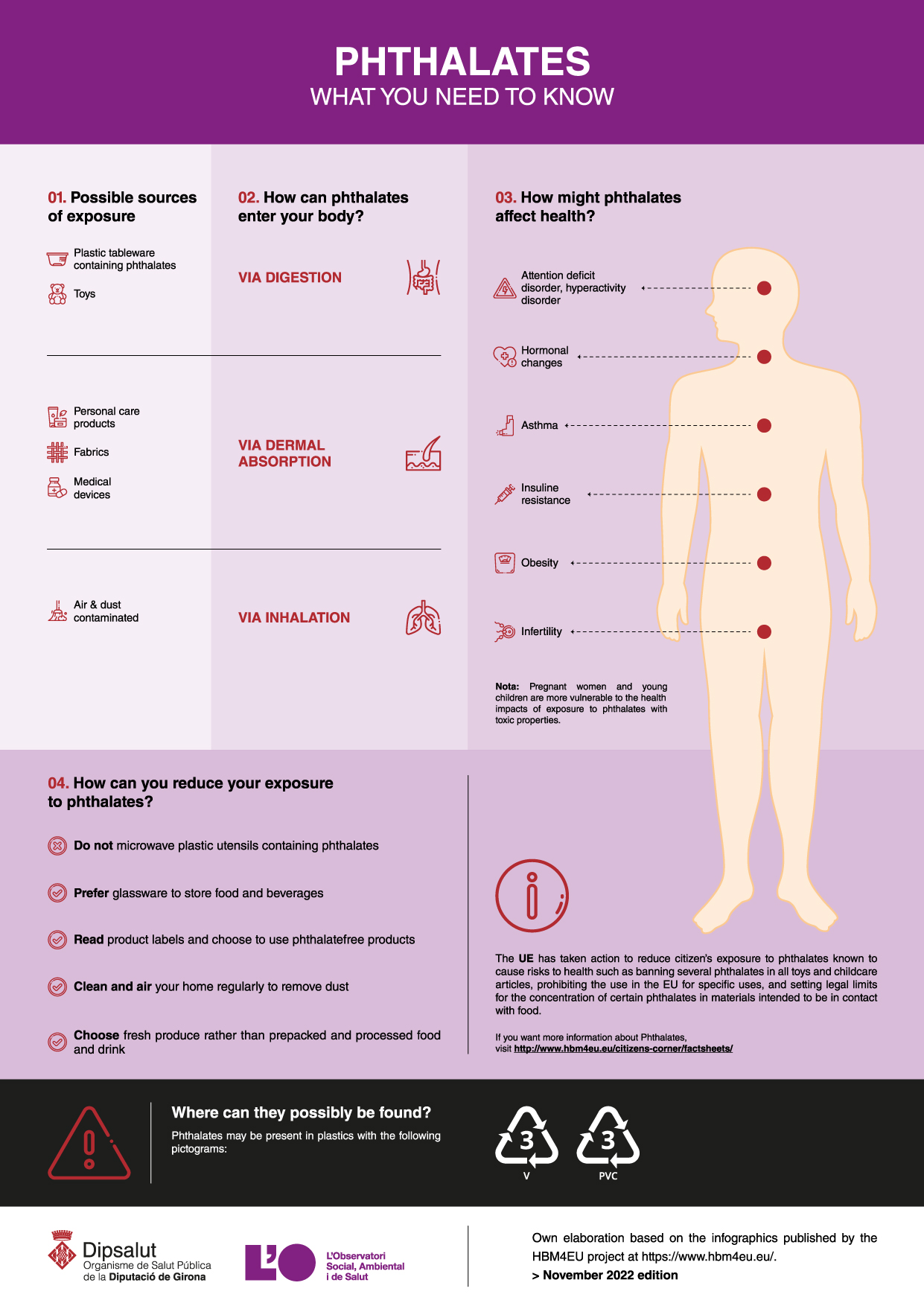
Phthalates
The European Union has taken action to reduce citizens' exposure to phthalates known to cause health risks, such as banning various phthalates on all toys and childcare items, banning their use in the EU for specific uses and establishing legal limits for the concentration of certain phthalates in food contact materials.
OPEN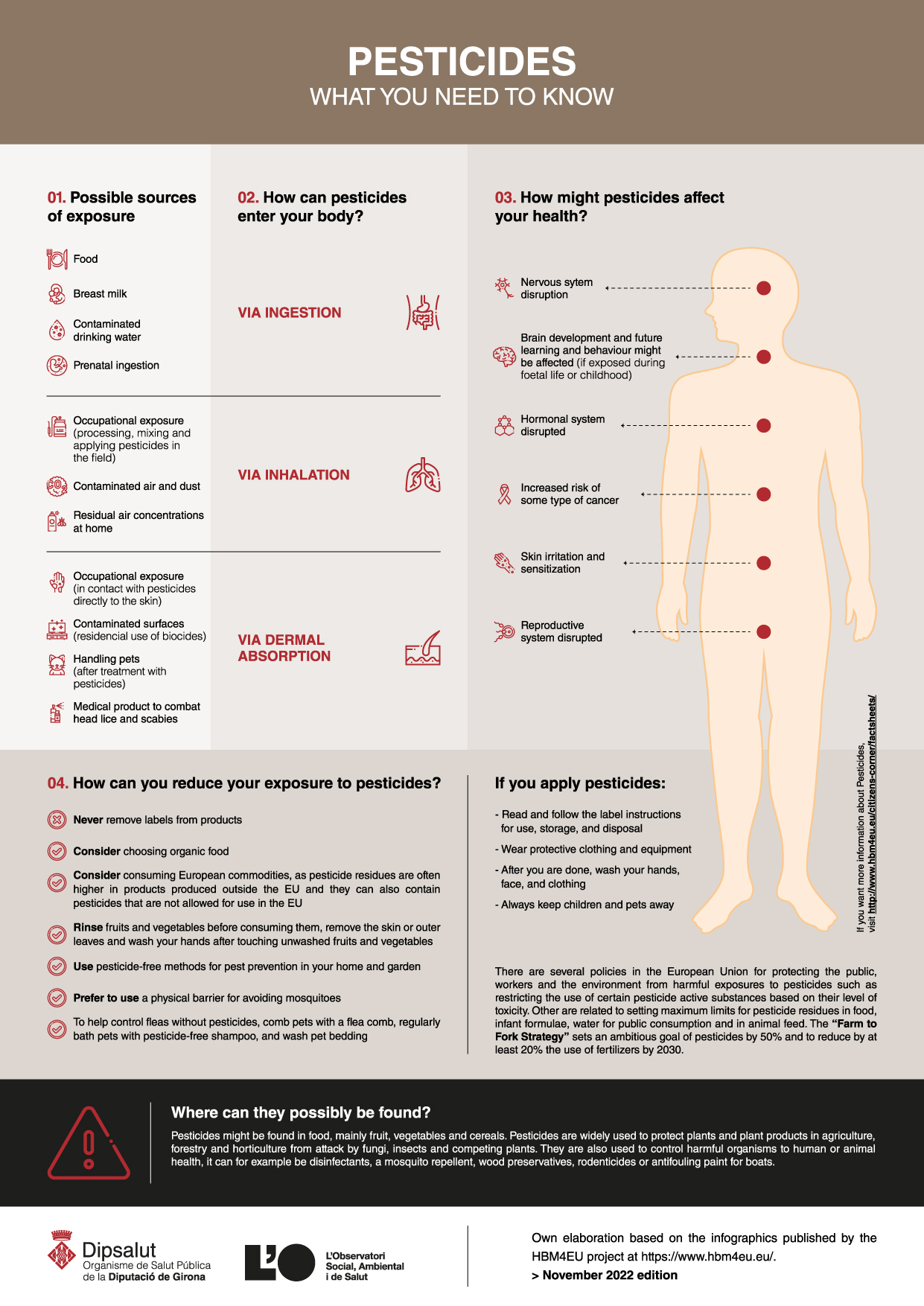
Pesticides
There are several policies in the European Union to protect the public, workers and the environment from harmful exposures to pesticides, such as restricting the use of certain pesticide active substances based on their level of toxicity. Others are related to setting maximum limits for pesticide residues in food, infant preparations, water for public consumption and animal feed. The "Farm to Fork" strategy sets an ambitious target to reduce pesticide use by 50% and reduce fertilizer use by at least 20% by 2030.
OPEN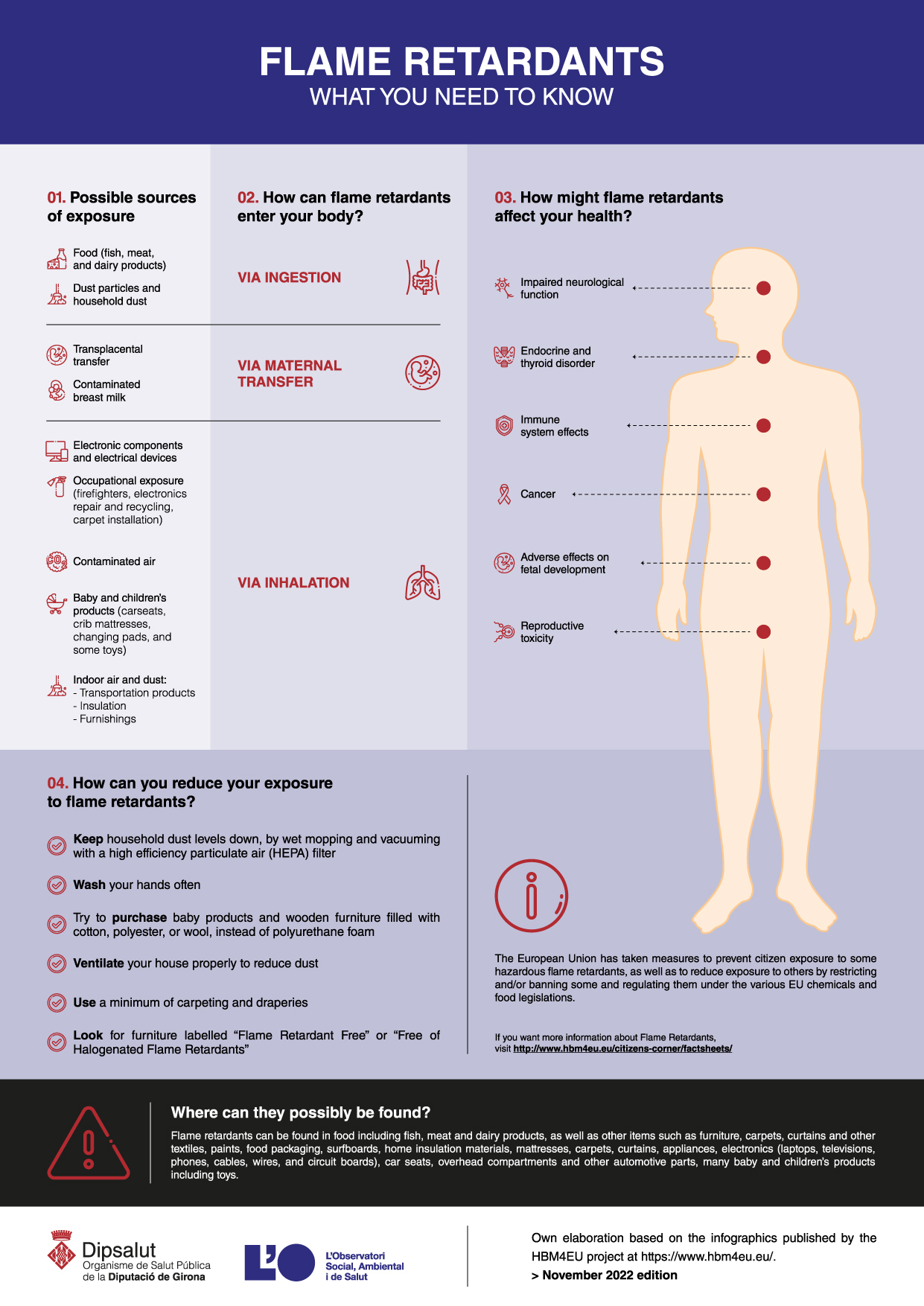
Flame retardants
The European Union has taken mesures to prevent people's exposure to some dangerous flame retardants, as well as to reduce their exposure by restricting or prohibiting some through regulations on food and chemicals.
OPEN
Bisphenols
The European Union has adopted mesures to reduce citizens' exposure to BPA. For example, through Regulations 2011/10 and 2018/213, has prohibited the use of BPA in the manufacture of baby bottles and has established a migration limit of BPA on surfaces or inside food from varnishes or coatings applied to materials and objects.
OPEN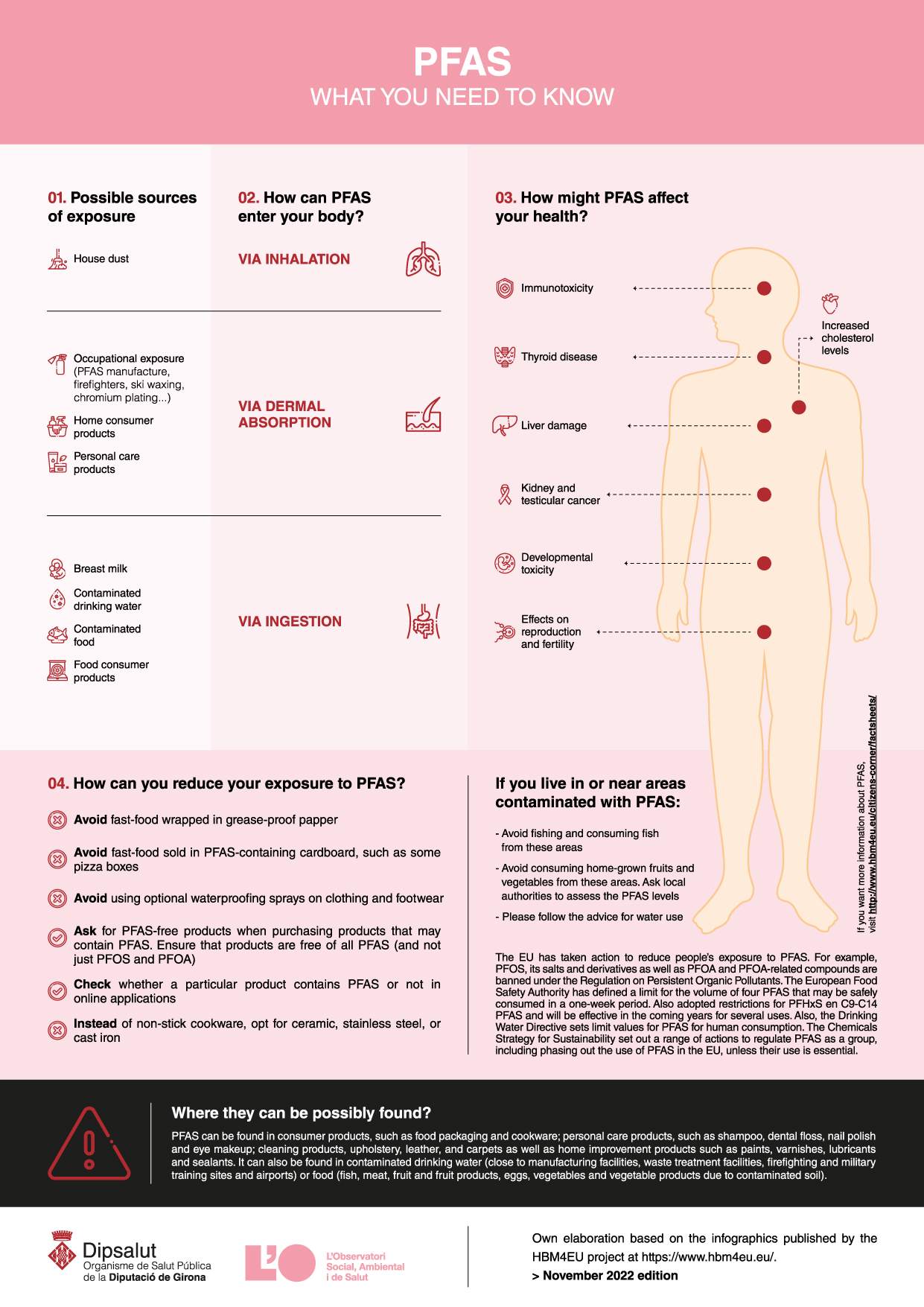
PFAS
EU has taken action taken to reduce exposure to PFAS. For example, PFOS, its salts and derivatives, as well as PFOA, its salts and PFOA-related compounds are prohibited under the Persistent Organic Pollutants Regulation. The European Food Safety Authority has set a limit on the volume of four PFAS that can be safely consumed in food in a one-week period. EU REACH restrictions are also adopted for PFHxS in C9-C14, PFAS and will be effective in the coming years. The drinking water directive sets limit values for PFAS for consumption. The EU has established a number of actions to regulate PFAS and eliminate the use of PFAS.
OPEN
Aprotic Solvents
Aprotic solvents are under increasing regulatory pressure. The European Union has taken steps to reduce citizens' exposure. Notable achievements have been achieved in reducing the solvent content in paints and varnishes. The substance NEP is restricted by Annex XVII of Commission Regulation (EU) No. 317/2014 of 27 March 2014 on the registration, evaluation, authorisation and restriction of chemical substances and preparations (REACH). Substances NMP, DMAC and DMF have been restricted since 2018 and "will not be marketed as substances, components of other substances or components of a mixture greater than 3%".
OPEN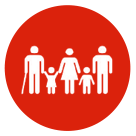





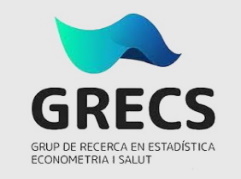





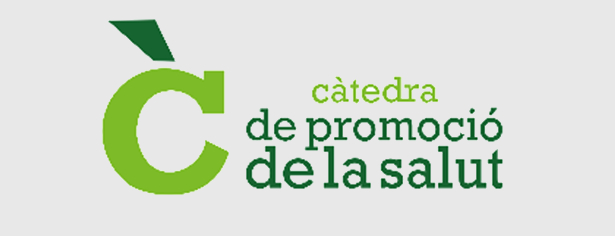
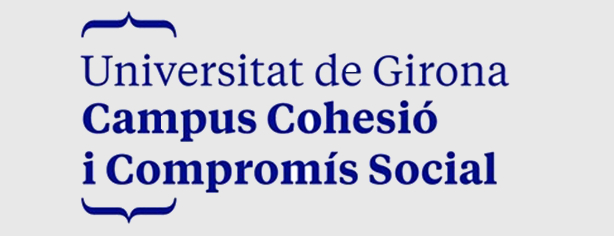
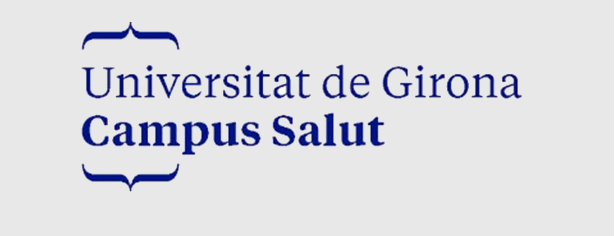

.png)
